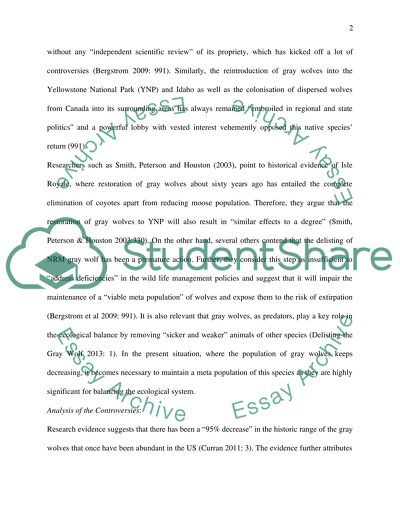Cite this document
(“Conflicting Values in the Management of the Overpopulation of Wolves Essay”, n.d.)
Conflicting Values in the Management of the Overpopulation of Wolves Essay. Retrieved from https://studentshare.org/biology/1488190-conflicting-values-interests-in-management-of-the
Conflicting Values in the Management of the Overpopulation of Wolves Essay. Retrieved from https://studentshare.org/biology/1488190-conflicting-values-interests-in-management-of-the
(Conflicting Values in the Management of the Overpopulation of Wolves Essay)
Conflicting Values in the Management of the Overpopulation of Wolves Essay. https://studentshare.org/biology/1488190-conflicting-values-interests-in-management-of-the.
Conflicting Values in the Management of the Overpopulation of Wolves Essay. https://studentshare.org/biology/1488190-conflicting-values-interests-in-management-of-the.
“Conflicting Values in the Management of the Overpopulation of Wolves Essay”, n.d. https://studentshare.org/biology/1488190-conflicting-values-interests-in-management-of-the.


